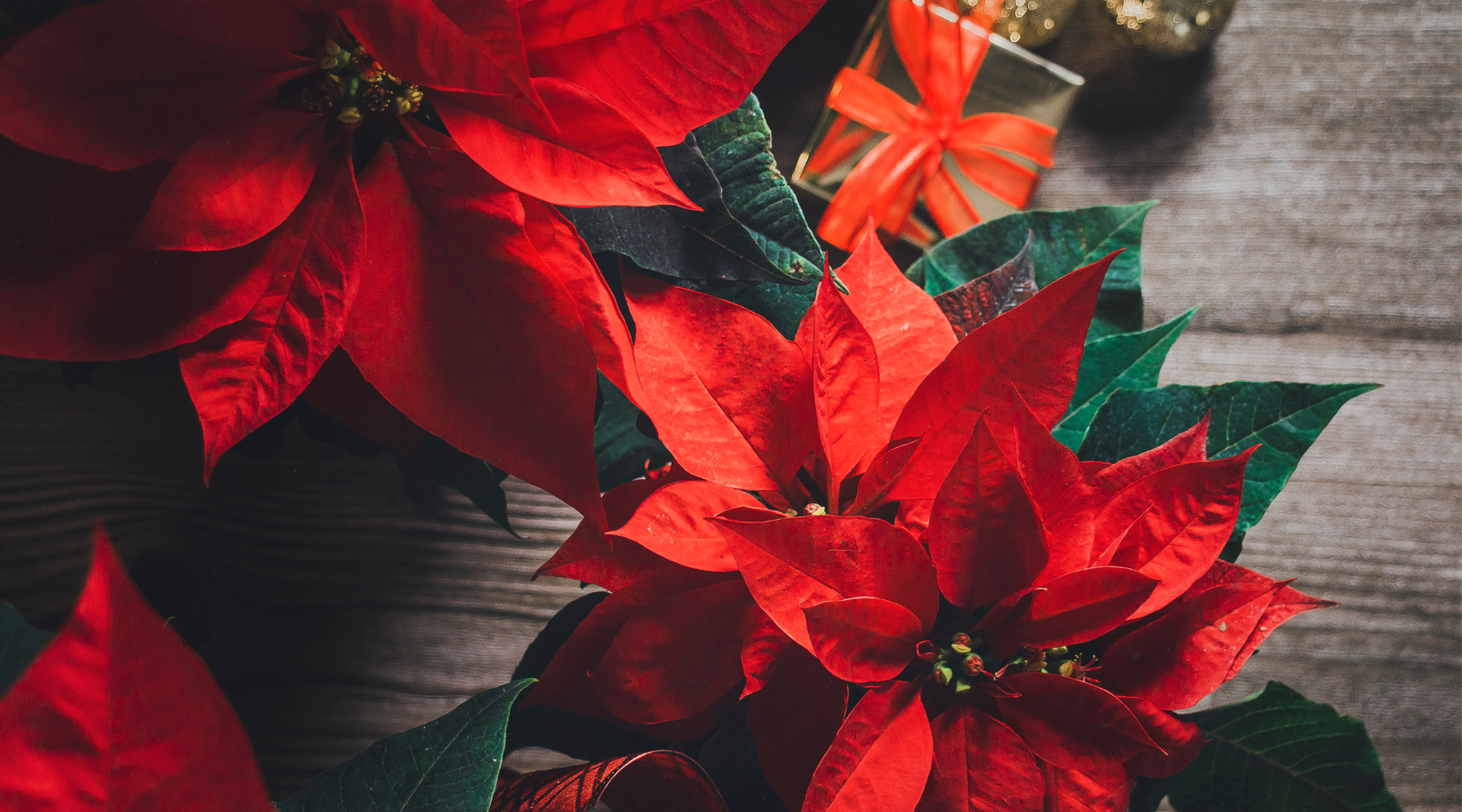When Do You Stop Feeding Hummingbirds in the Fall?
When the cooler temperatures start setting in, you may begin to wonder, when do you stop feeding hummingbirds in the fall? The answer might perhaps surprise you. In this blog post, we'll examine why feeding hummingbirds in the fall, and throughout the winter, can be beneficial.

Feeding Hummingbirds in the Fall
Contrary to popular belief, you don't necessarily need to stop feeding hummingbirds in the fall. The general consensus is that it's a good idea to continue feeding hummingbirds through the fall and during the winter too.
However, there are things to consider if you do choose to continue feeding hummingbirds during the colder months.

The Importance of Autumn Feeding
Similarly to monarch butterflies, many hummingbirds undertake a fall migration. Understanding the needs of hummingbirds during the fall migration period is key to appreciating why it's a good idea to leave your feeders out, if you're able to:
1. Migration Preparation
Hummingbirds need energy to facilitate their long migration journey. By maintaining your feeders, you can assist these tiny travelers as they prepare for their epic journey.
2. Nectar Availability Decreases
As fall progresses, natural nectar sources become scarcer. By providing a reliable and well-maintained food source, you can help hummingbirds bridge the gap between blooming flowers and their departure. This is especially beneficial for late-season migrants.
3. Extended Seasonal Presence
Hummingbirds, particularly in warmer regions, may stay in the area longer than you might expect. Some species have year-round residents, while others pass through during migration. By keeping your feeders filled, you can continue to enjoy these fascinating birds, even as the seasons change.

Things To Consider When Feeding Hummingbirds in the Fall
Before choosing to continue feeding hummingbirds throughout the fall and winter, you need to ensure you're able to make the commitment. To ensure you're providing the best care for hummingbirds during the fall, here are some things to bear in mind:
- Consider location - the feeder is best placed in a sheltered spot.
- Monitor outdoor temperatures - you need to ensure the feeder won't freeze.
- Provide regular maintenance - feeders need to be meticulously cleaned on a regular basis, even during cooler weather.
- Choose whether to make the commitment - over-wintering hummingbirds might come to rely on your feeder, so ensure you're happy to make the commitment for the whole fall and winter period.
For more ideas for helping hummingbirds during cooler weather, check out our blog post How to Help Hummingbirds in Winter.
Offering sustenance to these tiny, iridescent birds can be a significant help to their migratory journey as well as providing food to the over-wintering hummingbirds. So, don't be too quick to stop feeding hummingbirds in the fall; instead, embrace the opportunity to nurture and observe these tiny marvels of nature throughout the season. Browse our Hummingbird Collection to shop hummingbird shirts, hoodies, and more featuring our hand-drawn hummingbird designs.
















Cummins Sherrill
October 20, 2025
I live in Pinehurst, NC and have not seen any hummingbirds for about 10 days so will remove my feeder. Left it up for some late “leavers” but believe they have left for warmer temperatures. Do wish I could join them.